 05-08-2023
05-08-2023- Blog
- 0 comments
- 3997 Views
The Janka hardness test measures the resistance of a sample of wood to dent and wear. It's an indicator of how well a wood species can stand up to wear and abuse, and it's often used to determine if a wood species is suitable for use as flooring. The test measures the amount of force required to embed a 0.444-inch steel ball halfway into a piece of wood.
Here's a list of some popular wood species and their respective Janka hardness ratings (values are approximate, as actual hardness can vary based on numerous factors):
- Australian Buloke: 5,060 lbf (22,500 N) - One of the hardest woods known.
- Lignum Vitae: 4,500 lbf (20,000 N) - Also among the hardest woods.
- Snakewood: 3,800 lbf (16,900 N)
- Quebracho: 3,692 lbf (16,400 N)
- Ebony: 3,220 lbf (14,300 N)
- Ironwood: 3,060 lbf (13,600 N)
- Mesquite: 2,345 lbf (10,430 N)
- Hickory/Pecan: 1,820 lbf (8,100 N)
- Hard Maple: 1,450 lbf (6,450 N)
- White Oak: 1,360 lbf (6,000 N)
- Red Oak: 1,290 lbf (5,700 N)
- Beech: 1,300 lbf (5,780 N)
- Ash: 1,320 lbf (5,870 N)
- Yellow Birch: 1,260 lbf (5,600 N)
- Cherry: 995 lbf (4,420 N)
- Black Walnut: 1,010 lbf (4,490 N)
- Soft Maple: 950 lbf (4,200 N)
- Mahogany: 800-850 lbf (3,570-3,780 N) (Depending on the type)
- Pine (Southern Yellow): 870 lbf (3,870 N)
- Teak: 1,000 lbf (4,400 N)
- Cedar: 350 lbf (1,550 N)
Remember, a higher Janka rating means the wood is harder and more resistant to dents. But the hardness alone should not be the only factor in choosing a wood for a particular project. Other properties such as workability, stability, appearance, and cost are also crucial.


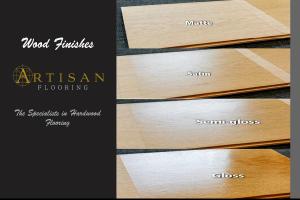

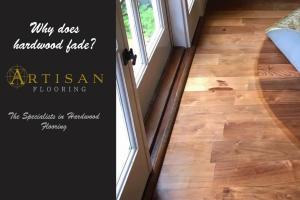




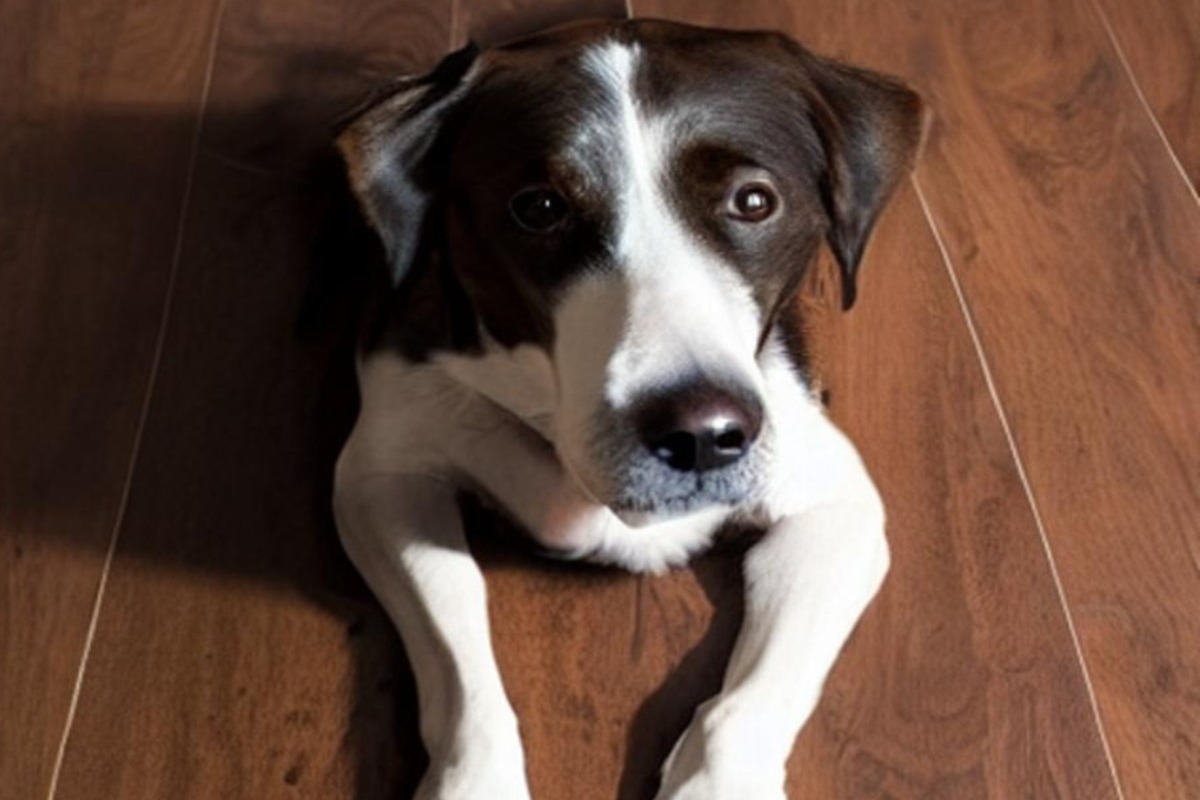



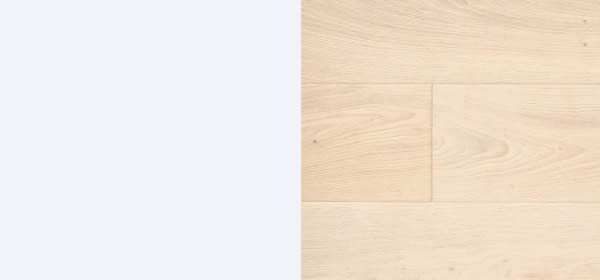
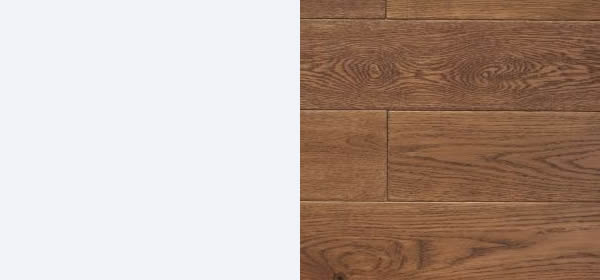
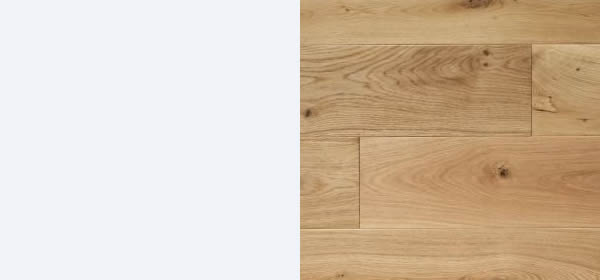
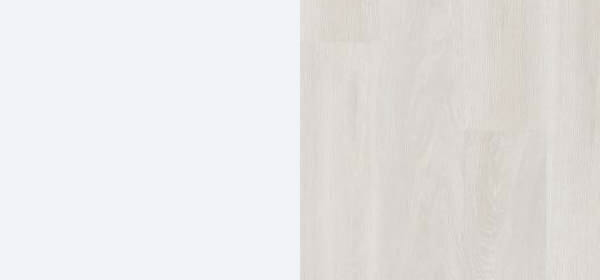
Recent Comments
No Comments have been left yet! Be the first :)